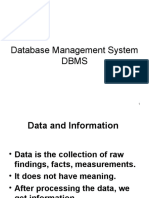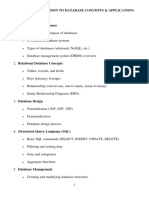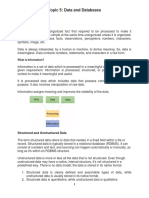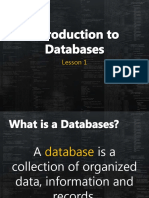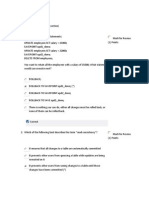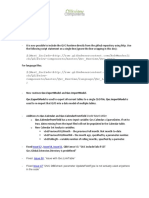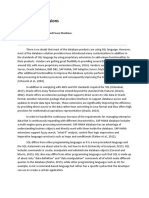0% found this document useful (0 votes)
7 views64 pagesChapter 6 - Data Design
Uploaded by
van.phamngocthanhCopyright
© © All Rights Reserved
We take content rights seriously. If you suspect this is your content, claim it here.
Available Formats
Download as PDF, TXT or read online on Scribd
0% found this document useful (0 votes)
7 views64 pagesChapter 6 - Data Design
Uploaded by
van.phamngocthanhCopyright
© © All Rights Reserved
We take content rights seriously. If you suspect this is your content, claim it here.
Available Formats
Download as PDF, TXT or read online on Scribd
/ 64
